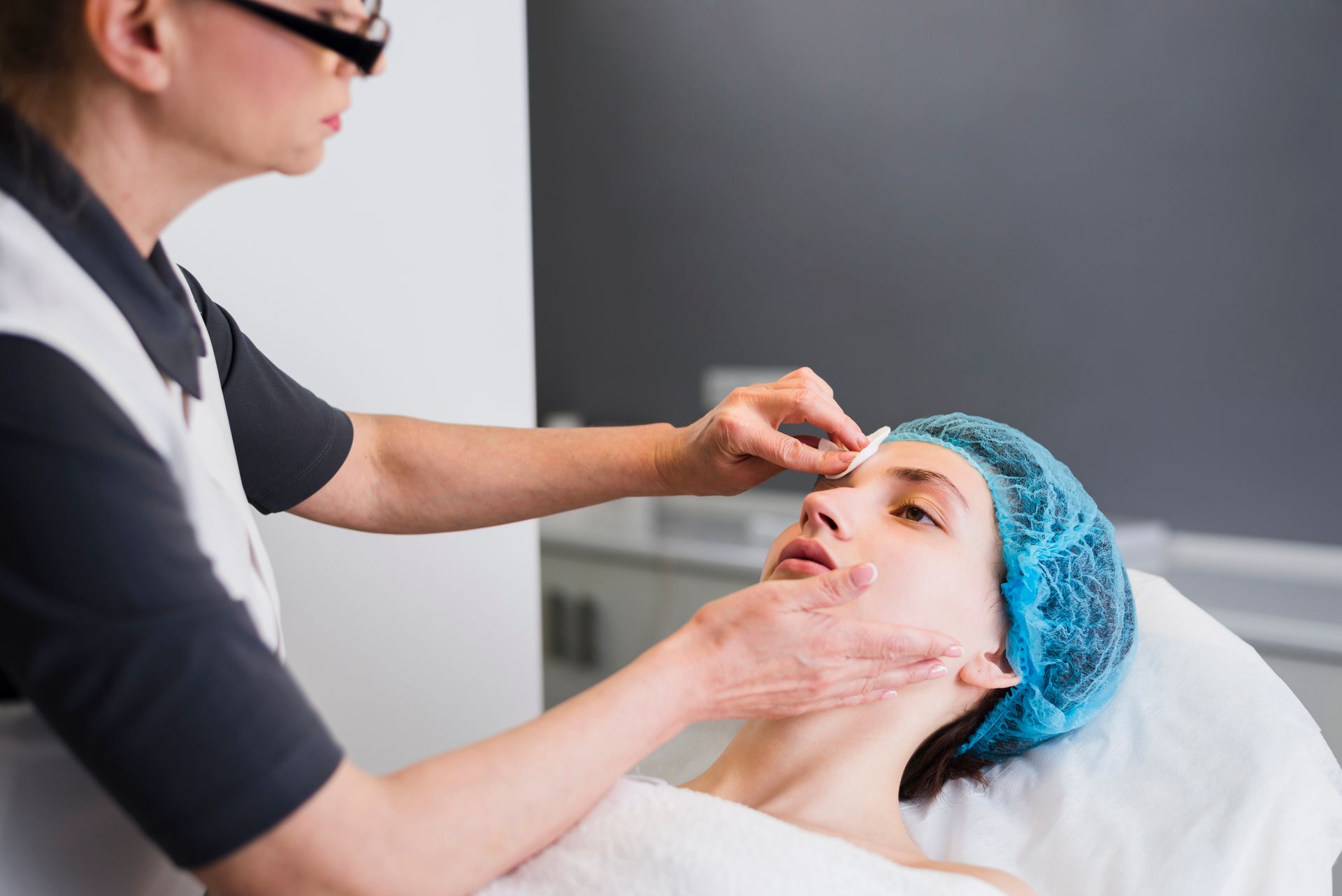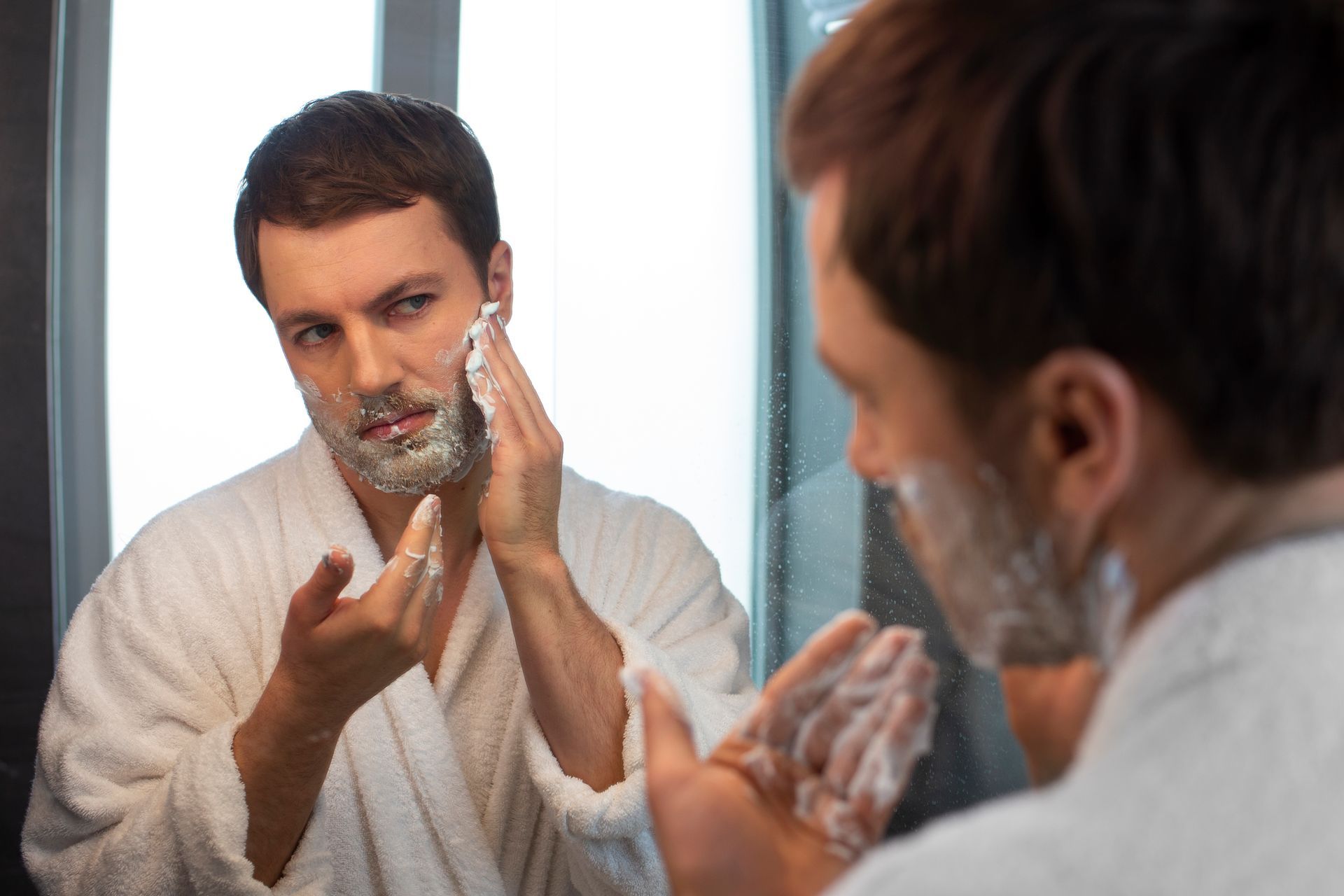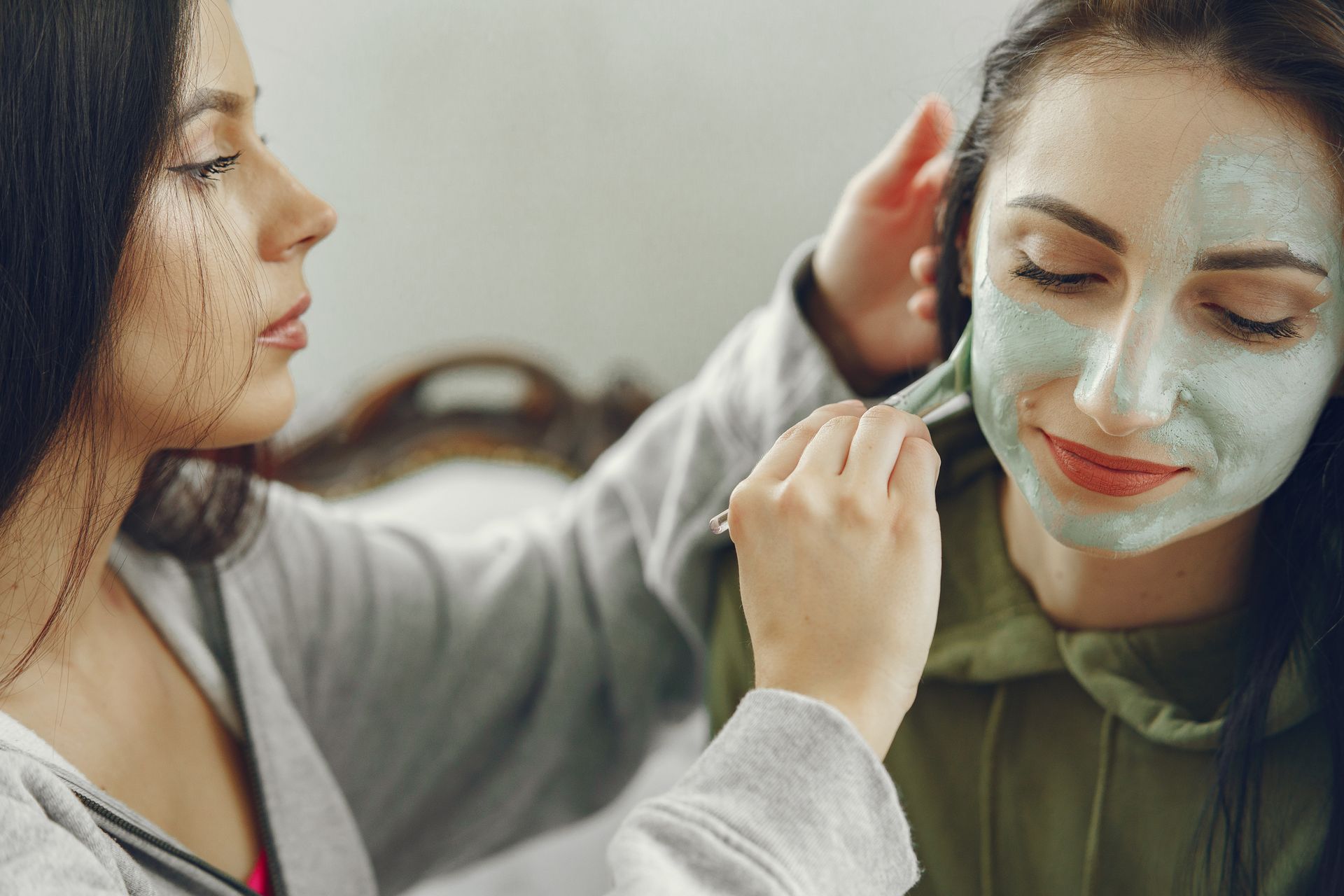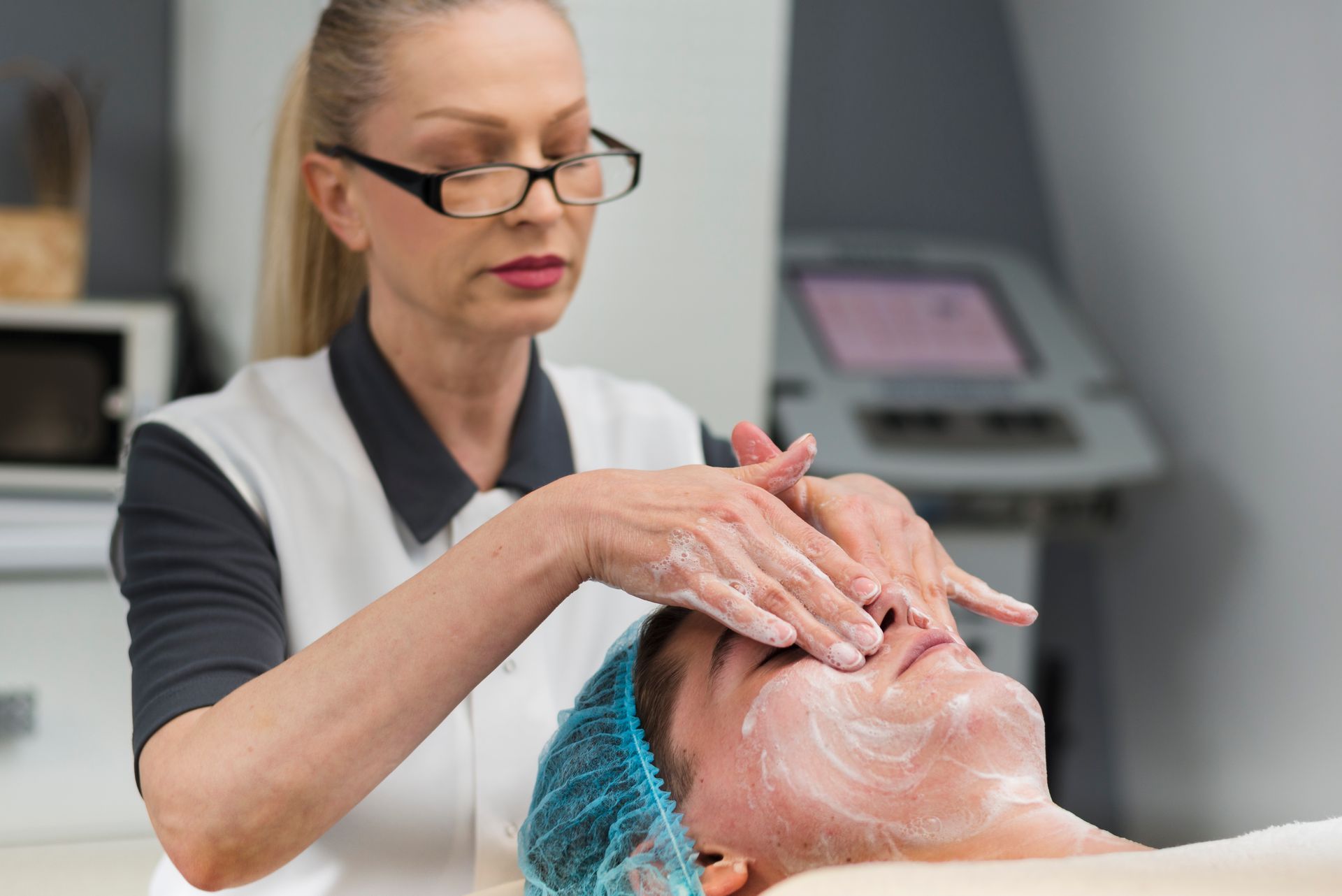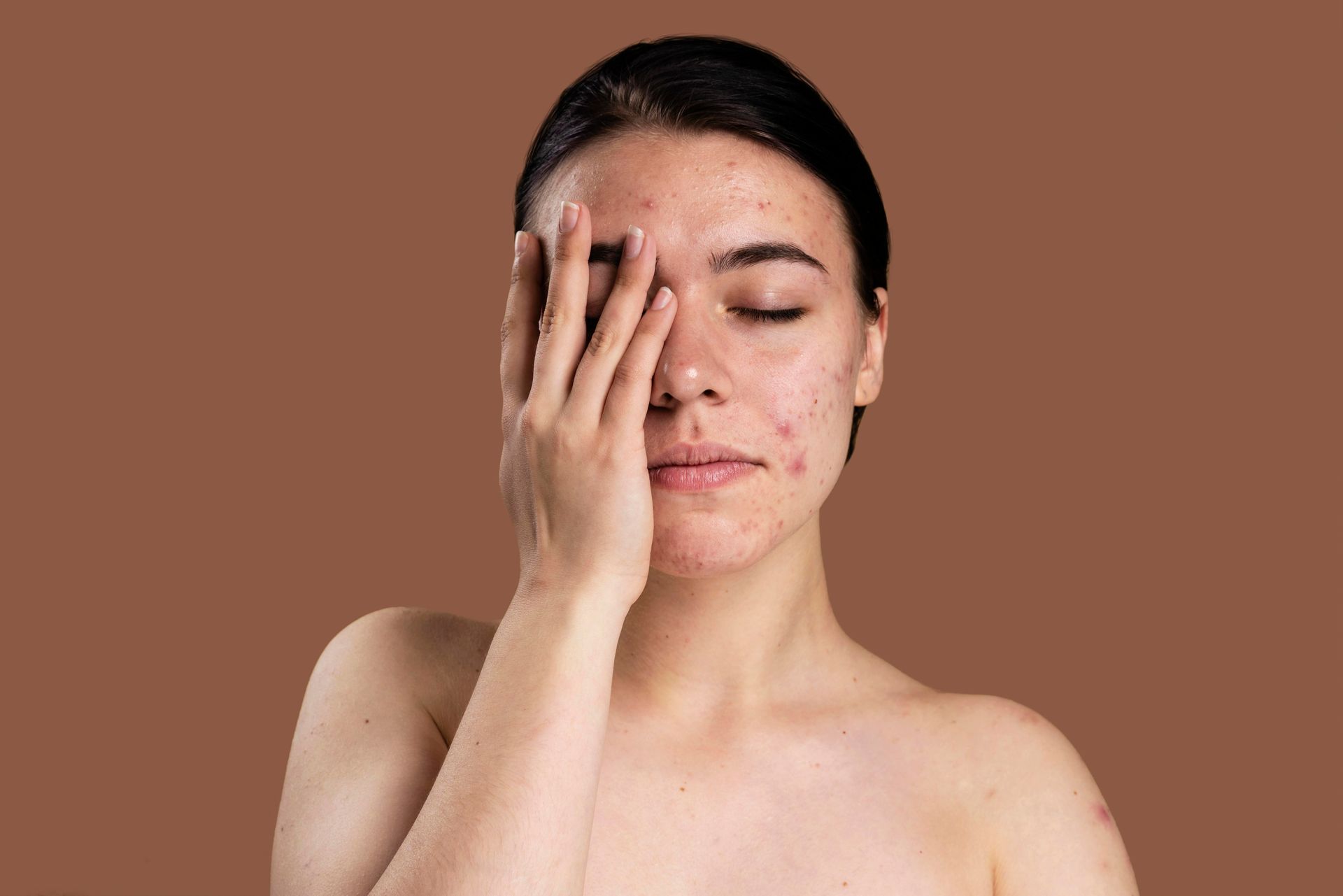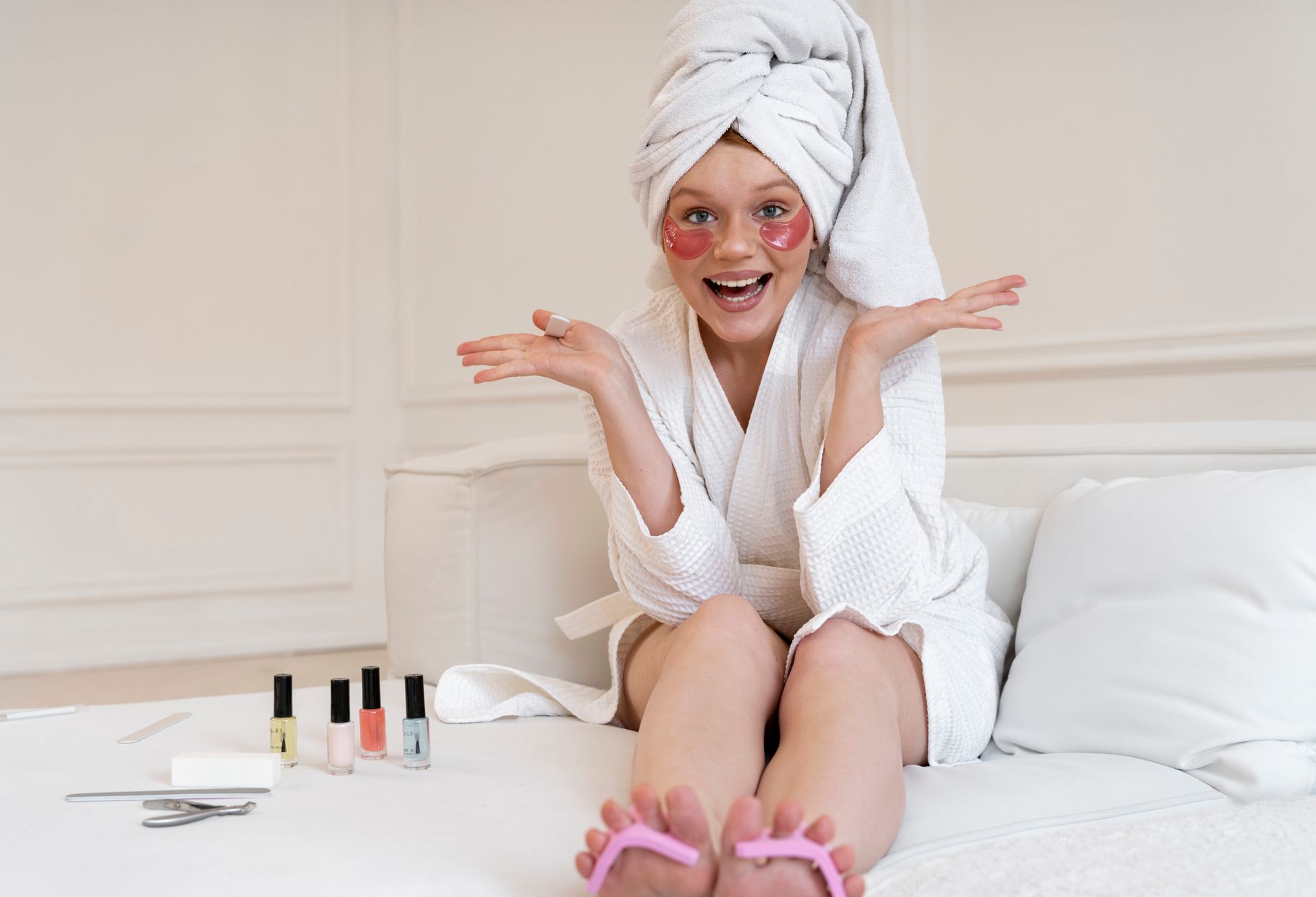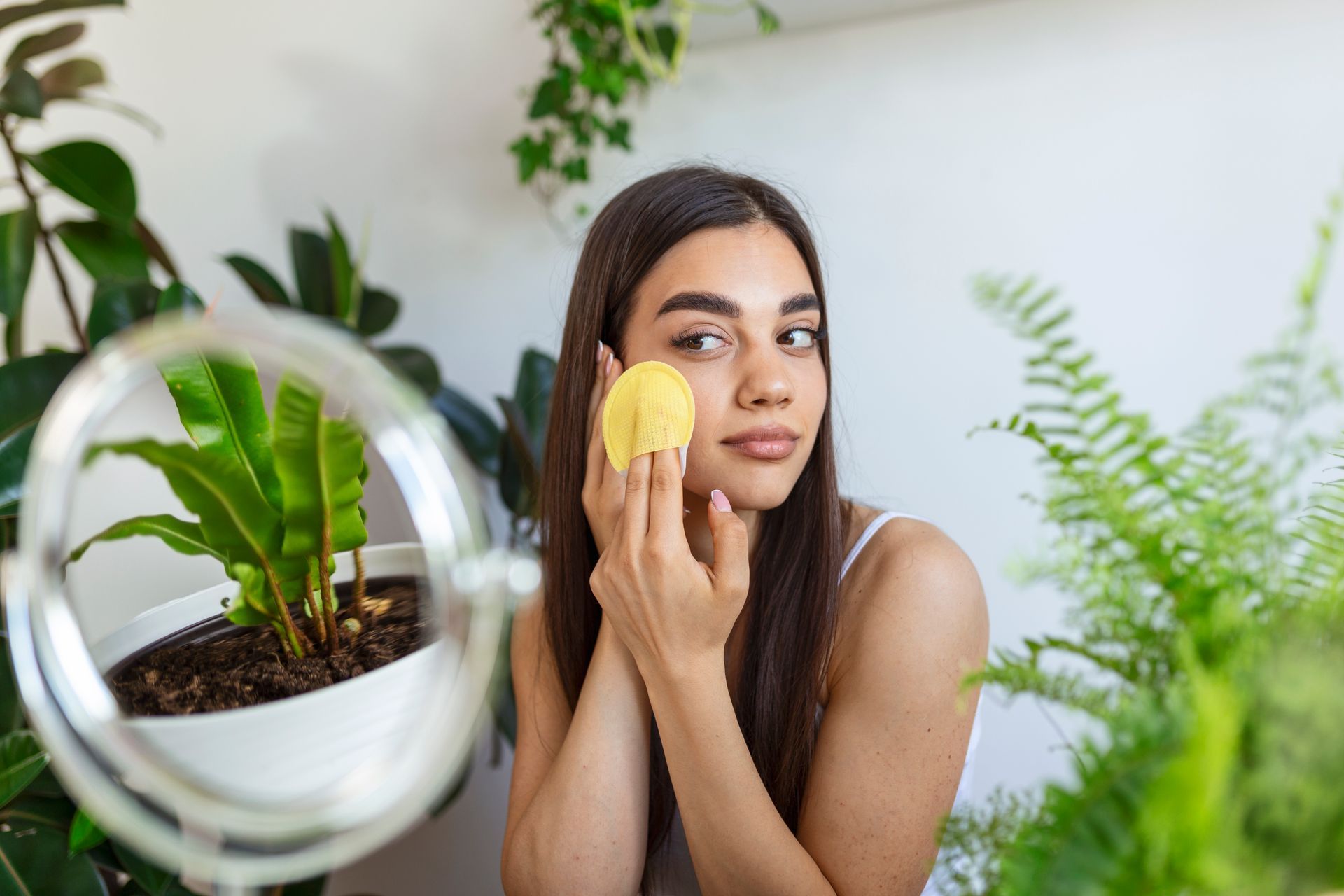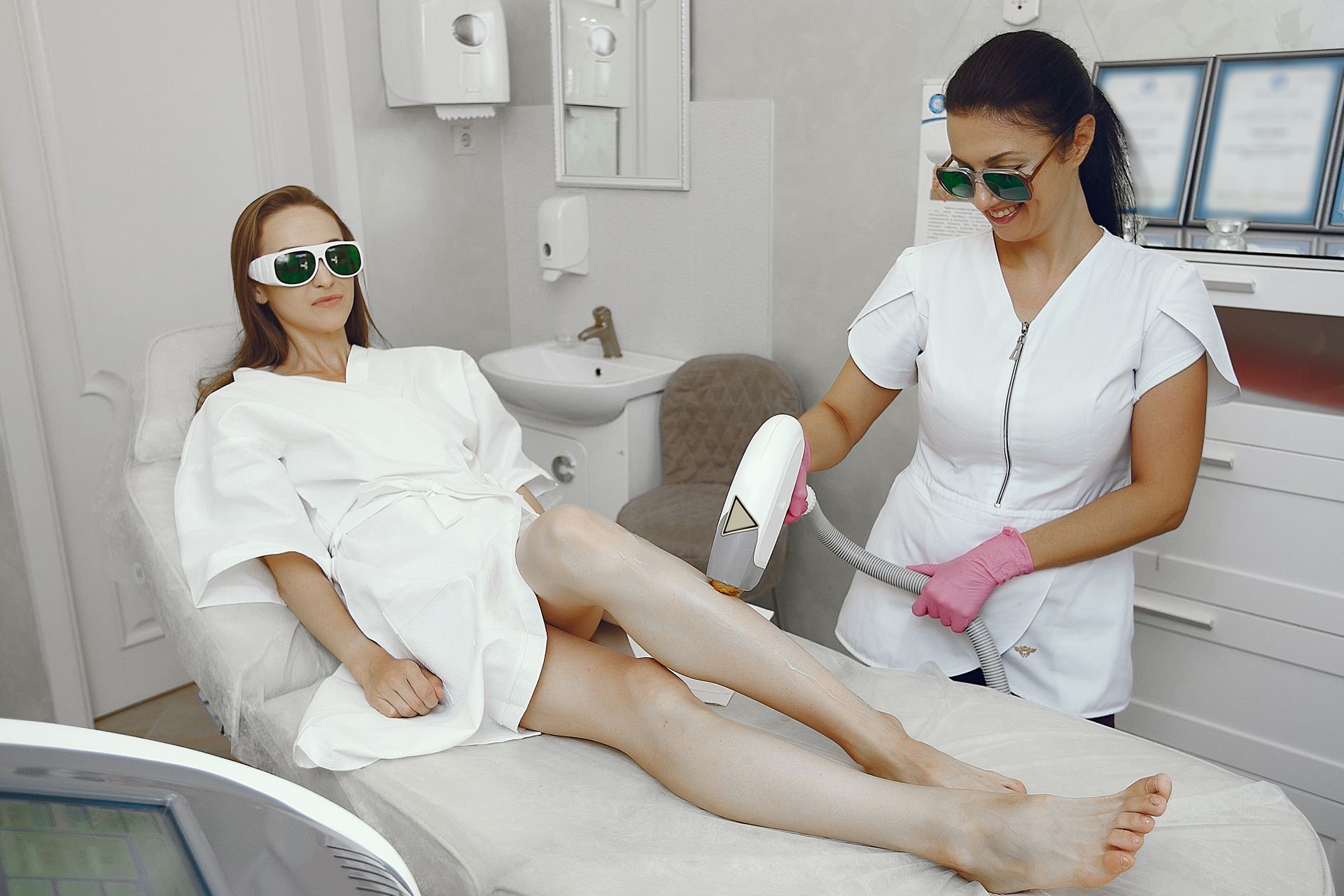Can I Scrub My Face After Laser Hair Removal?
Laser hair removal has become a go-to solution for many people looking to reduce unwanted facial hair. It’s effective, precise, and offers long-term results—especially when performed by professionals like those at Huggie Beauty. But once your session is done, you might find yourself wondering, “Can I go back to my regular skincare routine now?” Specifically, “Can I scrub my face after laser hair removal?”
The short answer is not immediately—and this guide explains why, how long you should wait, what to use instead, and how to take care of your skin during the recovery period.
Let’s dive into everything you need to know to protect your face and keep your laser results looking flawless.
Can laser hair removal on the face clear acne?
Why You Should Be Cautious After Facial Laser Hair Removal
Laser hair removal targets your hair follicles with intense light to disable them, preventing future growth. While the skin itself isn’t the main target, the laser does cause controlled micro-damage, especially in sensitive facial areas.
Right after a session, your skin is more vulnerable to:
- Irritation
- Redness
- Dryness or flaking
- Inflammation
- Sensitivity to products
Exfoliating too soon—especially with physical scrubs—can worsen this irritation, lead to peeling, or even cause long-term damage like hyperpigmentation or scarring.
So if you’re reaching for your favorite apricot scrub or glycolic acid toner after a laser session—stop right there.
When Can You Safely Scrub Your Face After Laser Hair Removal?
The General Rule: Wait 7–10 days before exfoliating.
That gives your skin enough time to heal, calm down, and recover from the heat and inflammation caused by the laser.
Of course, healing times vary depending on your skin type, the laser used, and how your skin reacts post-treatment. For some people with very sensitive or darker skin tones, it’s better to wait 10–14 days or until there’s no redness, sensitivity, or dryness left.
What Happens If You Scrub Too Soon?
Let’s say you ignore the advice and go ahead with your face scrub a day or two after treatment. Here’s what could go wrong:
- Redness and stinging
Your skin is already inflamed, and scrubbing only adds more trauma. - Microtears and peeling
Facial scrubs contain gritty particles that can damage newly-sensitive skin, causing peeling or raw patches. - Breakouts
Stripping your skin barrier can trigger inflammation and lead to acne or folliculitis (inflamed hair follicles). - Pigmentation issues
Damaging the skin too soon after laser can result in post-inflammatory hyperpigmentation (dark spots) that may last for weeks—or longer. - Compromised results
Over-exfoliation might interfere with the natural shedding process of the treated hair and lead to uneven or patchy results.
Bottom line? It’s not worth the risk.
What Should You Use Instead of Scrubs Right After Treatment?
While you’re avoiding exfoliation, here’s what you should do to help your skin recover beautifully:
1. Gentle Cleansing
Use a mild, non-foaming, fragrance-free cleanser. Your skin doesn’t need harsh ingredients right now—just something that removes impurities without stripping moisture.
Look for cleansers labeled “soothing” or “post-procedure” that contain ingredients like aloe vera or chamomile.
2. Hydration is Key
Apply a gentle moisturizer to keep the skin barrier intact. Hydration supports healing and reduces flaking.
3. Soothing Gels or Creams
Post-laser calming gels (like aloe vera or thermal water sprays) can cool down the skin and prevent itching or burning.
4. Sunscreen, Always
Even if you’re indoors most of the time, post-laser skin is highly photosensitive. Wear a broad-spectrum SPF 30 or higher every day to prevent sun damage and hyperpigmentation.
Note: Choose a physical (mineral) sunscreen with zinc oxide or titanium dioxide. These are gentler on sensitized skin.
Types of Exfoliation to Avoid Right After Laser
Let’s go deeper and talk about which specific types of exfoliation are a no-go immediately after facial laser hair removal:
Physical Scrubs
Anything with rough particles (sugar, salt, walnut shell, etc.) is too abrasive.
Chemical Exfoliants
Alpha Hydroxy Acids (AHAs) like glycolic or lactic acid, Beta Hydroxy Acids (BHAs) like salicylic acid, and retinoids should all be paused.
Enzyme Peels
Even gentle enzyme exfoliants can be too irritating for freshly treated skin.
Exfoliating Tools
Avoid facial brushes, sponges, or sonic devices like Clarisonic until your skin fully recovers.
Is laser hair removal on face safe during pregnancy?
When and How to Reintroduce Scrubs and Exfoliants
Once your skin is calm—typically after a full week—you can slowly reintroduce exfoliation into your routine. Here’s how to do it safely:
Step 1: Start Slow
Use a gentle enzyme or lactic acid exfoliant only once a week.
Step 2: Skip Areas That Still Feel Tender
Don’t exfoliate any spots that are still red, flaky, or warm to the touch.
Step 3: Moisturize Right After
Follow exfoliation with a nourishing moisturizer to help repair your skin barrier.
Step 4: Listen to Your Skin
If your skin stings, itches, or turns red after exfoliating—it’s too soon. Stop and wait a few more days.
Trust the Process: Shedding Happens Naturally
It’s worth noting that you don’t need to manually exfoliate to remove “burnt” hairs. After a laser session, you may notice treated hairs slowly surfacing and falling out. This process, known as shedding, happens naturally over the next 1–3 weeks.
Trying to “speed it up” by scrubbing only risks damage. Let your skin do what it’s designed to do—heal.
The Huggie Beauty Approach to Post-Laser Skincare
At Huggie Beauty, post-treatment care is never an afterthought. Every client is given personalized aftercare guidance to match their skin type and laser treatment area. This includes:
- A recommended product list
- Specific timelines for reintroducing skincare products
- Tips for calming inflammation
- Sunscreen suggestions tailored to your skin tone
Our expert technicians are here to ensure your results aren’t just smooth—but safe and long-lasting.
Final Thoughts: Can You Scrub After Laser Hair Removal on the Face?
Yes, but not right away.
Scrubbing too soon after facial laser hair removal can irritate the skin, lead to pigmentation issues, and interfere with your results. It’s best to wait 7–10 days, focus on gentle skincare, and allow your skin to heal properly before reintroducing exfoliants.
With a little patience and the right aftercare, you’ll enjoy the full benefits of your treatment—without setbacks. And with the professional guidance of clinics like Huggie Beauty, your post-laser journey will be smooth, safe, and glowing from the inside out.

